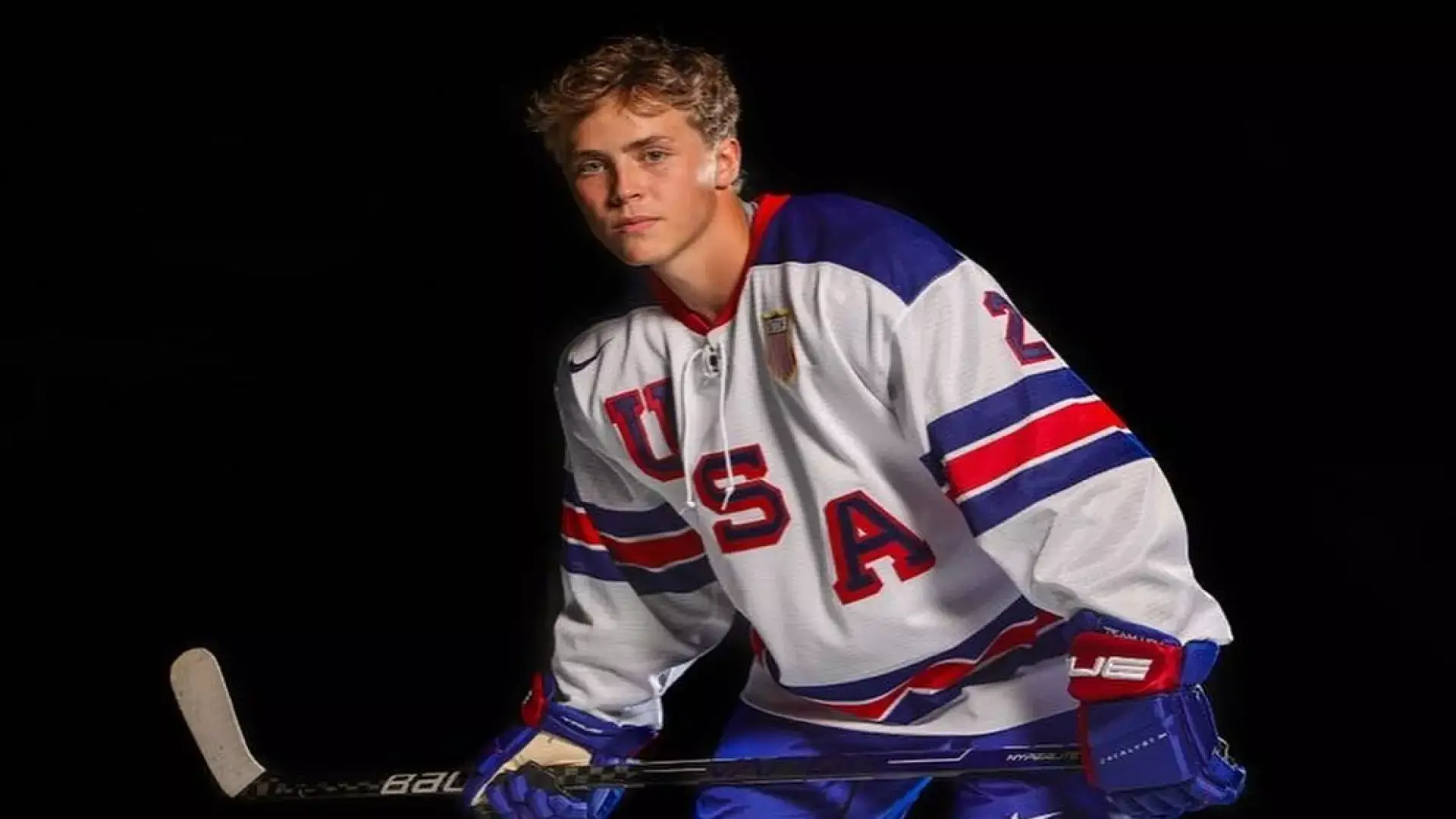Interestingly, popular sports like football require the ball to run out of play before a player can be substituted. But that is not the case for hockey players, as they may change in the flow of the game. Moreso, players come on and off the ice as a strategic part of the game.
How then, do hockey players know when to change?
Hockey players know when to change based on a variety of factors. These include the length of their shift, strategic matchups against their opponent, changing as a unit with their line mates, and only changing when it won’t result in a scoring opportunity against them.
Now, let’s take a closer look at each of these factors in determining when a player will leave the ice.
Players change off after about 30-45 seconds:
In the NHL, a typical shift lasts roughly 45 seconds. It is important to note that if a player does not leave the ice after 45 seconds, their performance will begin to deteriorate substantially.
Hockey is a sport that requires energy and stamina and you can only keep up with the high tempo for a little while before you need to take a break. It’s no secret that pro players can keep it going for 45 to one minute.
They’ve been playing this game for so long and taken so many shifts that they have an instinctual sense of when their shift is coming to an end. If you are not exhausted after 45 seconds, you have not skated hard enough.
During a power play, there is less skating required on the offensive side. A player will frequently stay out for one minute or longer on the power play as it is more about puck handling and passing.
On the other hand, players on the penalty kill will want to switch every 30 seconds because they will be pursuing the puck and will become exhausted soon.
So, because of their physical stamina and the rapid loss of it after 30-45 seconds, a player will have an excellent instinctive understanding of when they need to shift.
Players change off and on as part of the strategy of the game:
Players switch on and off as part of a strategy to match up against the opposing team. A forward group and defensive pairing with an offensive mindset may find themselves pitted against the opposing team’s premier offensive unit.
This could be considered a poor matchup because the opposing team’s offensive group may just be superior to their opponents.
Rather than wasting time defending with your best offensive players against the other team’s top offensive group, the players will shuffle off the ice and the shutdown line responsible for defensive play will take over.
This is particularly common with the team’s top defensive pairing. They’ll switch on as soon as it’s safe to play against the opposing team’s top front line. This is a deliberate plan to limit the opposing team’s top attacking players.
Players change off when their line mates change:
When their line mates move off, players will shift as well. Forwards will be divided into three groups: left wing, center, and right wing. The defense will be split into two groups: left and right defensemen.
Shifting off as a whole forward line or defense pairing is the most usual. Coaches have grouped those guys together for a reason, and each line serves a different purpose.
The four forward lines, for example, can be divided into four categories: top scoring line, second scoring line, shutdown line, and checking/energy line.
The top two lines are in charge of scoring goals while the third line is in charge of stopping the opposing team’s top line. Lastly, the fourth line is in charge of initiating a vigorous forecheck and maintaining momentum for the other lines.
As a result, when your line mates shift off, you shift off as well. The coaches put together these lines for a reason, and they will come on and off the ice together as the game allows.
Players change off only when it is safe too:
As earlier stated, a player will shift on when it is safe to do so. That means players will get to make a substitution when they are certain they will not create a scoring opportunity for their opponents.
Players will only change if they are confident that it would not cause a disadvantage to their own squad. This implies they usually change when the puck is as far away from their goaltender and is at the opposing team’s end.
This is why you’ll see players skating the puck to the red line and simply firing it while going for a line change dozens of times per game. To avoid icing the puck, they must cross the red line. Once they do, they must shoot it deep into their opponents’ end.
Getting the puck deep into the opponents’ end allows both the forward and defensemen to change without the opposing side being able to move the puck up the ice before a new set of players arrives.
It’s common to keep one player on the ice who will not change until the other players have done so safely. He’ll make his way over to the bench to replace the other players once they’ve shifted off.
Depending on how a shift is going, just one or two players may be able to swap at a time. For example, if a line is caught in their own zone, the puck will come out past the blue line.
This will allow one or two players to change safely but not the entire line — and, in most cases, not the defenseman. In a nutshell, players will always wait until it is safe before they change off.
Players change off only when it is safe to change off
One thing coaches will constantly tell you about line changes is that bad line changes result in goals against.
NHL players are far too talented to allow your team to go unscathed when making poor line changes. If your team makes poor line changes, they will give up scoring chances which may result in goals against.
Conclusion:
No doubt, hockey players have been in the game for far too long. Hence, they know just the right time to change on and off the pitch.
Perhaps if you ever find yourself on the ice, you will be strategic in deciding when to change. Thanks for reading our article on How Hockey Players Know When To Change.
Check Out Some Interesting NHL Facts:
1. How Often Do Hockey Sticks Break?
2. Do Hockey Players Lose Teeth?
3. What Is A Power Play In Ice Hockey?
4. What Percentage of NHL Players are Canadian?
5. Why do hockey players leave their sticks on the ice?





